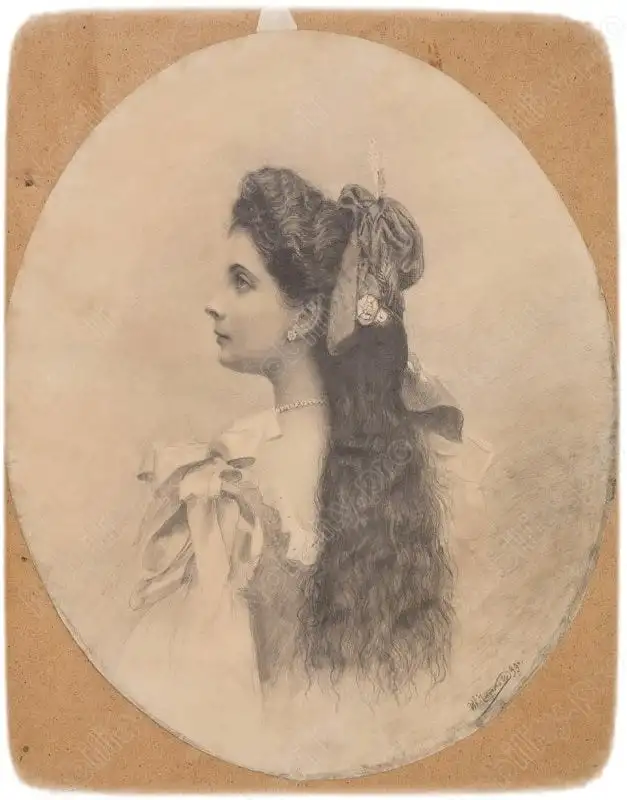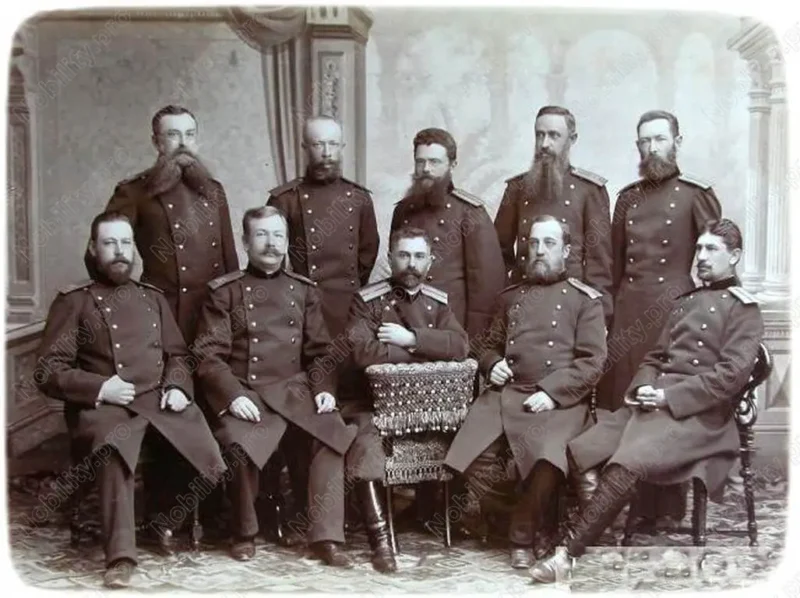Anchiskhati – One of the oldest architectural monuments of Tbilisi is Mariamtsminda (“Virgin Mary”) Church. It was built in the VI century, after Vakhtang Gorgasali had moved the capital from Mtskheta to Tbilisi and his son King Dachi “Completed the walls of Tbilisi”. The inscription on the temple “Lord, Save King Dachi!” confirms this fact. The temple was located in the Garetubani (“outskirts”) of Tbilisi.
As the result of the invasion of Heracles Caesar and Khazars in 627, Tbilisi was quite damaged, its outskirts including.
The Catholicos of Kartli Babila repaired the Church in 634 and built a palace there, which was the residence of Catholicoses who had arrived in Tbilisi from Mtskheta. “Mariamtsminda” Church was the only Church in Tbilisi, which had retained the right of ringing the bells during the Arabs rule. That was why the population called it “The Bell Church” out of love.
The temple under the name “Anchiskhati” is found in the sources of late medieval centuries. The name relates to “The First Icon” (of Jesus when He pressed His Robe to His wet Face) or “God-Made Image” is the greatest holiness of Christianity. Creating this miraculous icon is directly related to the Lord. The artist who was trying to draw the Lord’s face, failed to do it and then Jesus Christ pressed His Robe to His Face and His face was miraculously printed on it.
The Icon was brought to Edessa (“Image of Edessa”). After the Persian invasion of Edessa, they moved the Icon to Constantinople and rested it in Cathedral of St. Sophia. In VIII-IX centuries, the Byzantine iconoclasm began and the Lord’s Icon was transferred to Klarjeti, namely, in the Episcopal Cathedral of Anchi. By the order of Queen Tamar, “The First icon” was gilded and beautified by a famous goldsmith Beka Opizari.
After the fall of the Byzantine Empire, Georgia became an area of Iran-Ottoman confrontation. By the Amasiyah Peace Treaty of 1555, the two large conquerors divided the country between them and Western and South-Western Georgia underwent the rule of the Ottoman Empire. The Miraculous Icon was first transferred to Akhaltsikhe and later in 1664, in great litany – to Mtskheta and then – to Tbilisi, where it was rested in the “Mariamtsminda” Church, now called Anchiskhati Church (the Icon is now kept in Tbilisi Art Museum).
Anchiskhati Church was an important center for religious and cultural life. In 1755, with the support of Erekle II King of Georgia, secular school and theological seminaries were established at the church. The seminary was destroyed by the invasions of Agha-Mohammad Khan. In XIX century the Church building was reconstructed to its previous appearance of XVII century. Anchiskhati Church is the monument of Georgia’s cultural heritage and one of the ancient architectural sites of Tbilisi.




